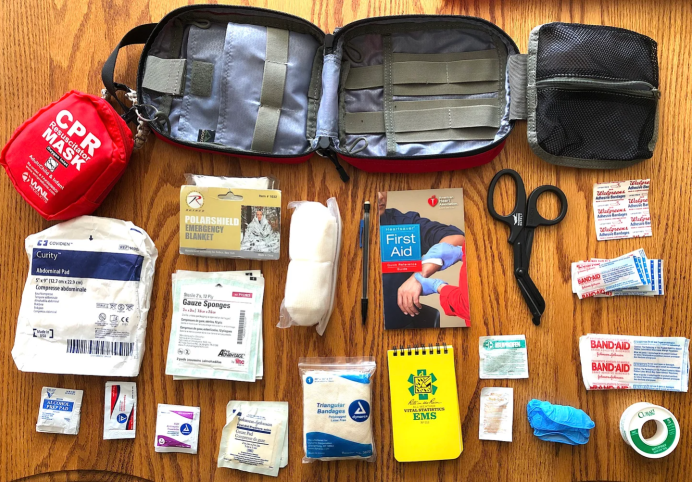Hello Mineral County,
I want to talk about disasters. Disasters come in many shapes and sizes. It could be a wildfire that destroys an area, such as Maui, or closer to home, Paradise California. Or an earthquake that causes lots of damage and causes the death and injury of many people. Flash floods are very dangerous, people die every year in flooding. High winds with sandstorms are not uncommon. And we all know about pandemics after our recent bout with COVID-19 and its many variables.
Disasters can strike with little or no warning. We live in an area with an incredible amount of geological movement. Flooding can happen every time there is heavy rain. The best way to be prepared for disasters/emergencies, is to be prepared to aid your neighbors or your family. I want to talk about becoming First Aid Certified.

Disasters and big events are not the only emergencies worth preparing for. Supposing one of your children fell down the stairs and broke a leg, do you know what to do? Your neighbor falls and has a bleeding head wound, what can you do to help? Your baby ate some ant bait, who can you call? If you can’t answer these questions, maybe you could benefit from a First Aid Class.

There are many levels of First Aid, some classes are strictly on-line and are simple to learn and cost effective to take on your own. Google will give you several options. More comprehensive classes can be found through American Heart or Red Cross. These may be instructor-lead and cost more. If you want more of an experience, a First Responder class may be more to your liking. Taking an EMT class and working with your local fire department to serve your community is an admirable achievement. Other classes such as Stop the Bleed teach techniques to literally stop bleeding in an injured person. If attending an event, it would be great to know that the person sitting next to you can help just in case something bad happens! (Remember Las Vegas?) You can also take a CPR class that is part of a First Aid class. The possibilities are endless.
You also should have a first aid kit. These can be purchased from Amazon or Walmart and, depending on how big or how elaborate, are moderately inexpensive.
The Red Cross recommends that all first aid kits for a family of four include the following: (The Items in Bold are my personal suggestions)
When is an emergency going to happen? You never know! I find that if I’m ready for something, it won’t happen. Not always true but being ready to leap into action and help someone during a very bad day is great thing to do!